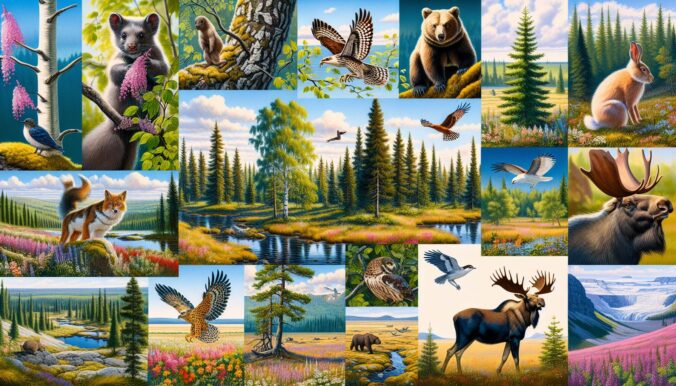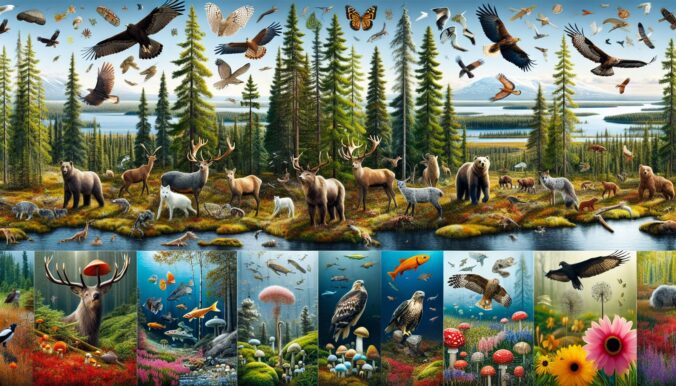Finland is a country known for its stunning natural landscapes, from its vast forests to its thousands of lakes. But what many people may not realize is the incredible biological diversity that can be found within this Nordic nation. From the Arctic tundra in the north to the lush southern forests, Finland is home to a wide variety of plant and animal species.
One of the most iconic animals in Finland is the brown bear. These massive creatures roam the forests of the country, feeding on berries and fish. Finland is one of the best places in Europe to see brown bears in the wild, with a population estimated to be around 1,500 individuals. Another charismatic animal found in Finland is the elk, or moose as it is known in North America. These majestic creatures can be spotted in forests and wetlands throughout the country.
In addition to its large mammals, Finland is also home to a diverse array of bird species. The country’s forests are home to species such as the capercaillie and the black woodpecker, while its wetlands are teeming with waterfowl like the whooper swan and the common crane. The thousands of lakes in Finland provide important breeding grounds for many bird species, making the country a haven for birdwatchers.
But it’s not just the animals that make Finland’s biodiversity so impressive. The country is also home to a wide variety of plant species, from the iconic northern lights orchid to the carnivorous round-leaved sundew. Finland’s diverse habitats, including forests, wetlands, and peatlands, support a rich tapestry of plant life. In fact, Finland is one of Europe’s most forested countries, with over 70% of its land covered in trees.
Despite its relatively small size, Finland is home to a surprising amount of biological diversity. The country’s varied habitats, from the Arctic Circle to the Baltic Sea, support a wide range of plant and animal species. But this diversity is not without its challenges. Climate change, habitat loss, and pollution all threaten Finland’s natural ecosystems.
Conservation efforts are underway to protect Finland’s biodiversity for future generations. National parks and nature reserves have been established to safeguard important habitats, and initiatives are in place to restore degraded ecosystems. Finland is also committed to sustainable forestry practices, ensuring that its forests are managed in a way that promotes biodiversity.
As Finland continues to grapple with environmental challenges, it is important to recognize and celebrate the country’s rich biological diversity. From its iconic brown bears to its delicate orchids, Finland is a treasure trove of plant and animal life. By protecting and preserving this diversity, Finland can ensure that future generations will be able to experience the beauty and wonder of its natural world.










